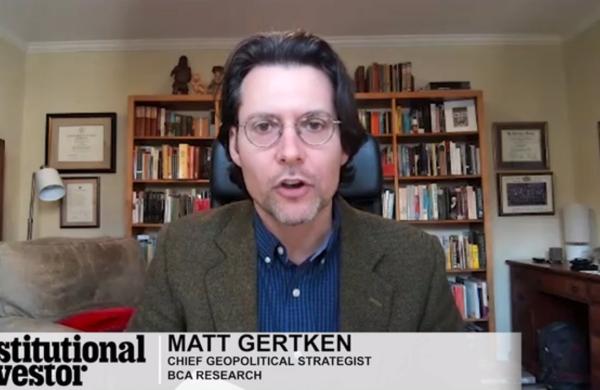About 33 percent of funds surveyed by Institutional Investor say that they have increased their exposure to alternative assets during the past two years. More than 26 percent report that they increased their allocation to the class, which can include real estate, hedge funds and private equity, somewhat more than they had in previous years, while 6.2 percent say their alternative investment allocation has gone up by a substantial amount. Just 4.7 percent say their allocation has dropped somewhat, and none say their alternative investments are substantially less than they were two years ago.
Thirty percent of respondents expect to increase their allocation to alternative investments in the coming year. Among those funds, 40.4 percent are looking for more diversity in their portfolios; 38.5 percent cite a desire for greater long-term returns. Only 11.5 percent plan to increase their alternative investment allocations because they expect flat or subpar returns from traditional markets. Still, 67 percent of respondents say they would reduce their allocations to U.S. equity to fund their alternative investments. As it happens, the alternative investment of choice for the majority of respondents (91.5 percent) is private equity. An additional 18.7 percent would raise the funds by reducing their U.S. fixed-income investments.
The definition of "alternative investments" varies from fund to fund. More than 28 percent of those who invest in real estate consider it an alternative investment, while 71.6 percent do not.
What percentage of your assets are in alternative investments?
None 50.0%
1 to 5 percent 30.6
6 to 10 percent 13.4
11 to 15 percent 4.5
16 to 20 percent 0.0
More than 20 percent 1.5
How does that percentage compare with the amount you invested two years ago?
Substantially more 6.2%
Somewhat more 26.4
About the same 62.8
Somewhat less 4.7
Substantially less 0.0
How satisfied are you with the performance of your alternative investments?
Very satisfied 63.0%
Somewhat satisfied 27.4
Somewhat dissatisfied 2.7
Very dissatisfied 6.8
Do you expect to increase your allocation to alternative investments in the coming year?
Yes 30.0%
No 70.0
If yes, which of the following alternative asset classes are you most likely to pursue?
Hedge funds 2.1%
Private equity 91.5
Merger arbitrage 0.0
Managed futures 0.0
Other 6.4
What type of vehicle is most appropriate for alternative investing?
Direct investment 48.6%
Fund-of-funds 51.4
On whom do you rely for primary advice on alternatives?
Full-retainer consulting firm 40.8%
Specialty consulting firm 25.2
In-house staff 34.0
How much time does your staff and/or consulting firm spend monitoring alternative investments relative to traditional asset classes?
Less time 44.2%
Equal amount of time 22.1
Somewhat more time 17.9
Considerably more time 15.8
If you do plan to increase alternative investments, what reason best explains why?
Looking for more diversity 40.4%
Superior long-term returns 38.5
Expect flat or subpar returns from traditional markets 11.5
Other 9.6
What percentage of your total assets are in real estate?
None 37.1%
1 to 2 percent 23.5
3 to 5 percent 18.9
6 to 10 percent 18.2
More than 10 percent 2.3
If you invest in real estate, do you treat it as an alternative investment?
Yes 28.4%
No 71.6
From which asset class would you cut to fund increased allocation to alternative investments?
U.S. equity 67.0%
International equity 3.3
U.S. fixed income 18.7
International fixed income 4.4
Other 6.6
The results of Pensionforum are based on quarterly surveys of a universe of 800 corporate and 250 public pension plan sponsors. Because of rounding, responses may not total 100 percent.





